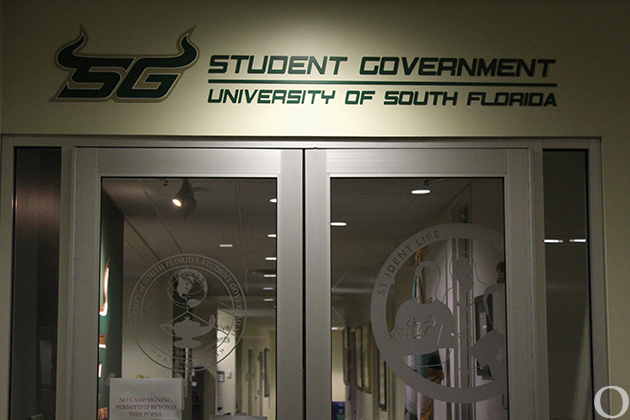Students juggle work, school in broken system
While there is nothing new about working while in college, a recently published study by a Michigan State University graduate student revealed students must now work more in order to meet the same demands as students 30 years ago.
With the study highlighting the pressure students face to work part-time in order to stay afloat, perhaps the need for students to work more than in the past is due to unreasonably high tuition and the similarly unrealistic minimum wage that has since been established.
The study points out that in 1979, an MSU student who worked part-time and made $2.90 an hour at minimum wage could have one credit hour paid off in 8.44 hours, which is equivalent to a full day’s work. Olson’s research indicates that students attending MSU in 2013 need to work 60 hours at today’s minimum wage to cover one credit hour.
Olson’s study has shed light on how the cost of tuition has increased to a point that students working to pay for school are spending more time at jobs and perhaps less on their studies.
The current federal minimum wage is $7.25, which is a sign of the government not understanding what it takes to support oneself in the current economy. As inflation is seen with everyday products, there is also a steadily rising cost of tuition. Just last year the average cost of tuition increased by 2.9 percent at four-year public universities, a sign that universities are not seeking to accommodate those without financial security.
While Florida may have a minimum wage that is 68 cents higher than the federal minimum wage, it is not enough of a difference to meet the financial demands of attending school. The $7.93 per hour wage is feebale at best when one credit hour for in-state undergraduate students costs $211.19 for those attending USF. A USF student making minimum wage would have to work a little over three eight-hour days to pay off this amount.
Additionally, a survey by Citigroup and Seventeen magazine revealed that 80 percent of students, including high school students, are taking on part-time jobs, demonstrating how classes and studies could take a backseat in order to keep up with the expenses of education. The National Survey of Student Engagement reported full-time college students study for 15 hours a week, so it is not hard to imagine a part-time job cutting into this study time.
The burden of costly tuition coupled with the expectations to be active in campus organizations, getting involved in events and potentially working part-time is a heavy load. Granted scholarships may be available, they generally cannot completely erase the thousands of dollars that consist of tuition, fees, supplies and cost of living.
A Georgetown University study projected that 63 percent of job openings will seek college-educated applicants in just four years. As the majority of jobs that provide the only reasonable salary continue to require a degree, desire to seek higher education will go up but those who can earn those degrees, however, is questionable as tuition skyrockets.
With the hopes that a degree will lead to a higher-paying job than the job one had while earning the degree, students are pressured more and more to work hard and reduce debt, yet the current system seems more of an endless and self-defeating cycle of work. This is a troubling system -the low minimum wage and the even worse and expensive system of higher education – that prevents students from focusing on their education and needs to change.
Adam Mathieu is a sophomore majoring in studio art.





